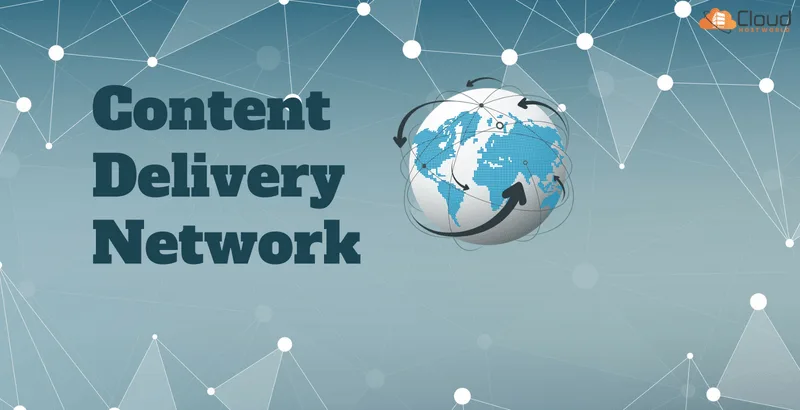A content delivery network, a geographically diversified network of content delivery servers and their associated data centers, are often confused with a Content Distribution Network (CDN). However, they are very different. A CDN distributes traffic between multiple data centers, on different paths. The purpose is to give high-performance and redundancy to the service by distributing the service geographically away from end consumers. The concept is used in many areas, such as telecommunication, where data must be reliably transmitted over long distances.
A content delivery network offers several advantages over a CDN. For starters, CDNs allow for higher latency and greater bandwidth due to their lack of centralisation. In addition, CDNs often provide more bandwidth capacity because many requests can be sent to a single destination server. Lastly, a CDN can improve load times by adjusting the priority of downloads according to the amount of data sent in each session.
In most cases, a CDN is implemented as a layer 2 forwarding device. Layers 2 and 3 of CDN utilise different bandwidth consumption models. A CDN application could use a first-party origin server and a third-party load balancing or depository server. The first-party origin server is programmed to accept requests from web applications, and make the necessary connections to other servers on the network. The load balancing or depository server is programmed to periodically send requests to the first-party origin server, and deliver requests to other servers on the network based on a priority.
In a CDN application, requests are always made to the CDN’s primary servers. In addition, in case of failures, a CDN application can always retry failed requests from different servers on the network. This is unlike traditional networks that experience failures at a specific point in their network. Furthermore, in case of global reach, all servers in a CDN receive requests from anywhere, not just the closest servers.
Another advantage of using a CDN system is reducing bandwidth costs. Unlike the conventional networks, a CDN system enables subscribers to download only part of a webpage. For instance, if a user requests five pages of information from a search engine, he would be able to download only three. With a CDN system, all subscribers have access to every web page, thereby eliminating the need for unnecessary rerouting of requests through different servers. In effect, for the end users, it reduces bandwidth costs as well as improving overall system performance.
There are also some disadvantages of using a CDN system. One major disadvantage is that, if the main internet connection is down, all the computers on the network may experience poor quality of service. In addition, if the global reach policy of a CDN is not properly adjusted, some websites can suffer from reduced visibility. Another major drawback is that if one of the edge servers goes down, all websites may experience poor performance or slow loading. This is because each edge server is assigned a small amount of bandwidth and used for the particular web content. If the global reach policy is not properly adjusted, some websites may experience reduced presence on the network.
Nevertheless, CDN has certain advantages over the traditional methods of web content delivery. Firstly, the system allows fast accessibility of new information to users, as it does not require them to visit the website individually. Secondly, a CDN system delivers consistent streaming of web content across the globe. This means that irrespective of whether users visit the website in US, UK or Australia, the content delivered will be same. Since all the computers on the network to work in synchronization, there is no geographical barrier to accessing information or data. This feature is greatly beneficial for two types of users consumers and businesses.
When a business requires the latest information or data, they can easily request for it through a CDN. As the system works in collaboration with content providers, end users can also gain access to the latest information at any time and from any location. Also, this type of system enables businesses to handle multiple clients concurrently. Given all these advantages, CDN will definitely be playing a major role in the evolution of online business.







